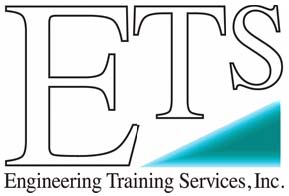Designing Plastics Parts for Assembly
|
Preface to 2nd Edition John E. Fillion, Manager, Organic Materials Engineering, Fiat Chrysler Automobiles North America December 1994 Auburn Hills, Michigan |
I am happy to endorse this second edition of Designing Plastics Parts for Assembly as a basic instructional tool for the product and plastics design engineer. Most Design Engineers have had little training in plastics design and even fewer have had training in designing for plastic part assembly. This has not stopped however, the rapid growth of plastics over the last forty years in the areas of automotive components and consumer products. Most expert product and plastic design engineers have learned their craft through on the job experiences. Where they have applied highly imaginative solutions to numerous joining and assembly problems; thereby, allowing their plastic parts to be cost effective and highly functional. Occasionally they have discovered the real governing design principles for plastic part assembly through initial failures of their design. The advantage of Paul Tres's book is that it spells out the governing fundamental principles for the various joining and assembly techniques for plastic parts. Thus, shortening the learning curve for the new plastics design engineer and saving time lost through redesign of a new part. As a result, plastic design engineers can build on the basic principles defined in this book through their work experiences and advance the state-of-the-art of plastic part assembly at a faster rate. Paul's book assembles, in a very readable form, a summary of the basic design principles learned over the years regarding plastic part assembly. The first four chapters provide a good review of the fundamental principles of plastics materials which a good design engineer must understand in order to produce efficient plastic part assemblies. Chapter five provides a good review of the various plastic welding techniques and good design practices for each type. The following three chapters provide excellent reviews of the design principles for components which require integral (living) hinges, press fitting, and snap fits. These design techniques are often employed the more efficient modern plastic part designs in commercial uses today. A good working knowledge of these techniques will be of great value to the product and plastic part designer in trying to develop designs that meet increasingly the more demanding functional requirements, while at the same time meeting increasingly more demanding cost constraints. I believe the modern product and plastics part designer will find Paul Tres's Designing Plastic Parts for Assembly a valuable reference for his future design assignments.
|
